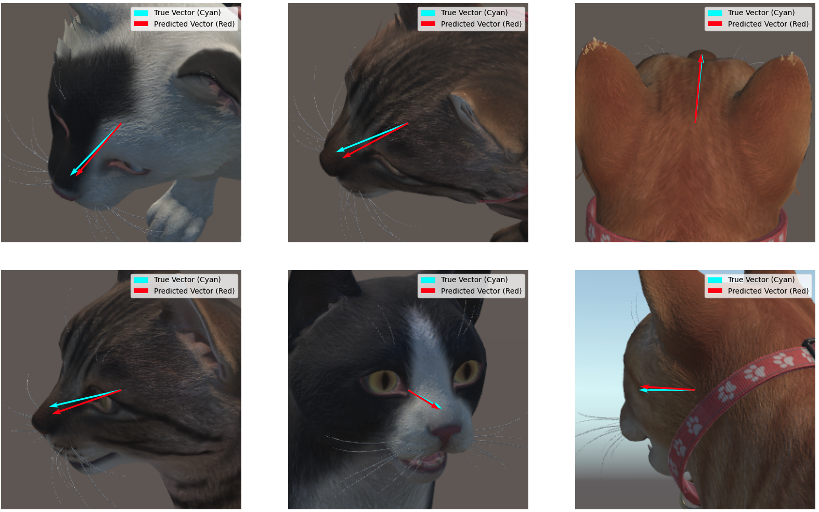Best Shot Selection System for Animal Photography Support
Abstract
Selecting frames where the subject is looking at the camera without blinking from a large collection of captured images and videos is a crucial task for improving the quality of photography and video production. However, existing gaze estimation and blink detection technologies have been designed and trained primarily for humans, leaving significant challenges when applying them to animals. For example, due to differences in facial structure and eye positioning between animals and humans, gaze direction estimation and blink detection accuracy can significantly deteriorate. This study aims to develop a system that integrates gaze estimation and blink detection technologies to automatically select the best shots from animal video data. The system evaluates frames based on gaze estimation models to identify those where the animal is looking at the camera and applies a blink detection model to filter out frames where blinking occurs. Furthermore, to accommodate the unique characteristics of animals, we utilize Unity to create a specialized dataset containing gaze vectors for animals and retrain existing models using this dataset. This new dataset and model are expected to significantly improve the efficiency and accuracy of best-shot selection in animal photography.
Paper
Video
BibTeX citation
@Misc{takahashi.suguru.20_M1,
author = {Suguru Takahashi},
title = {Best Shot Selection System for Animal Photography Support},
howpublished = {Master's First-Year Research Presentation},
month = 1,
year = 2025,
}

